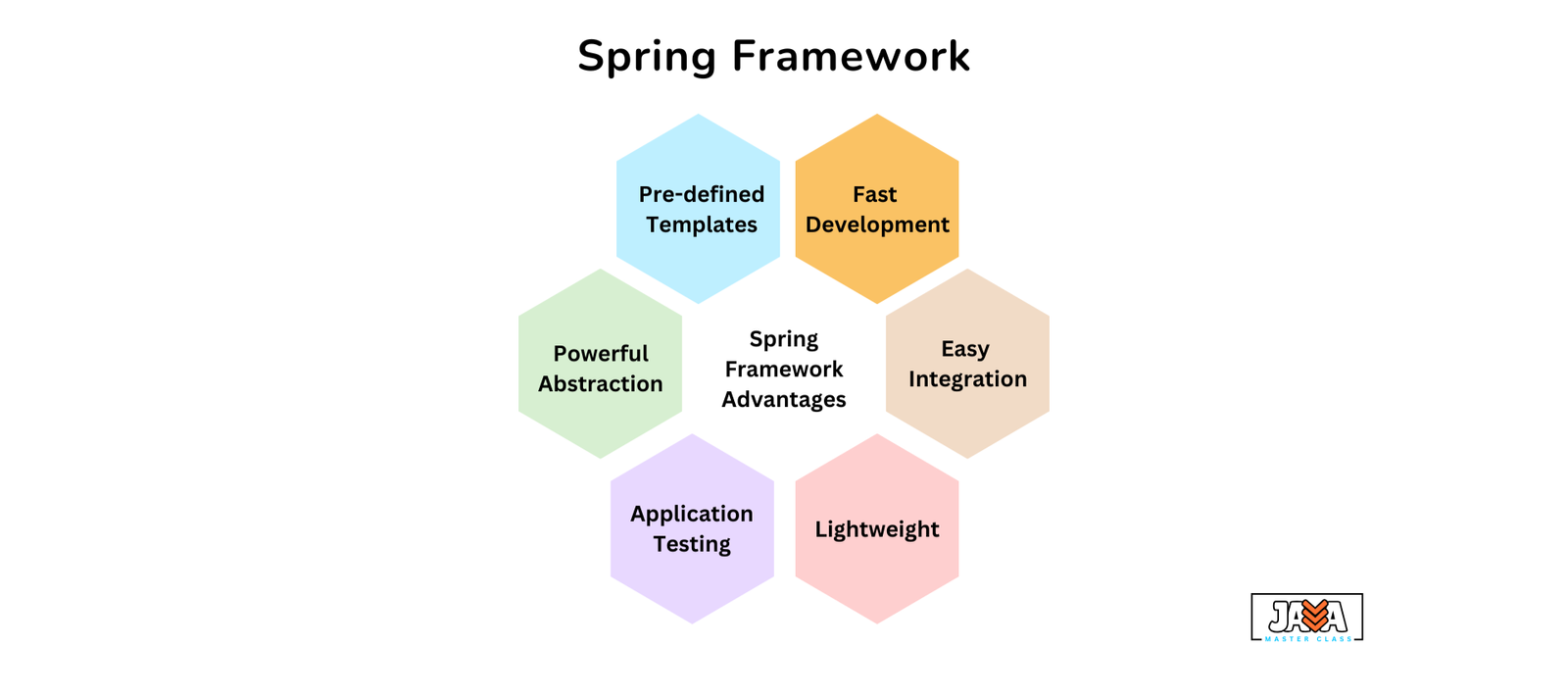The Spring Framework is a powerful, flexible, and widely used framework for building Java applications. It simplifies enterprise-level application development by providing comprehensive infrastructure support. The Spring Framework helps developers create robust, maintainable, and loosely coupled applications.

Spring is built around several key principles that make it versatile and scalable:
- Modularity: You can pick and choose the Spring modules you need for your project, whether it’s for web development, database access, or security.
- Inversion of Control (IoC): Spring’s core feature, IoC, allows you to manage object creation and their dependencies centrally. This reduces boilerplate code and increases flexibility.
- Dependency Injection (DI): DI is a design pattern used in Spring to inject dependencies (objects) into classes, promoting loose coupling and enhancing testability.
Benefits of Spring
- Simplifies Java Development: With built-in tools for common tasks (like transaction management, security, and database access), Spring reduces the need for custom code and repetitive tasks.
- Better Testability: Spring makes it easy to implement unit tests by providing mock implementations of components like the ApplicationContext.
- Cross-Platform: Spring supports both traditional Java applications and modern web-based applications, making it a great choice for a wide range of projects.
Overall, Spring is a go-to framework for Java developers, offering a structured yet flexible environment for building scalable applications.
